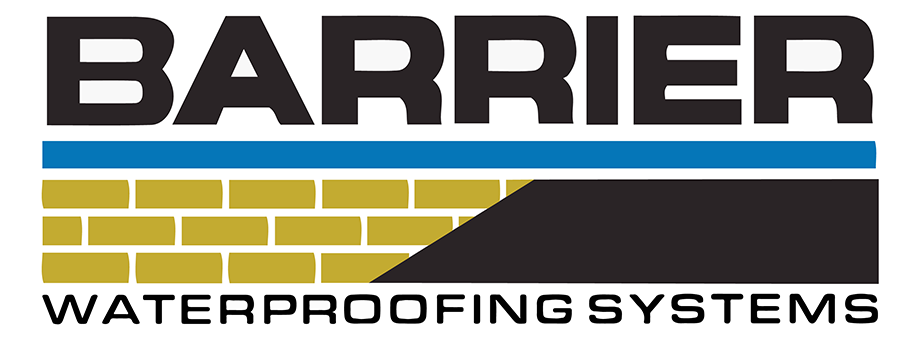Crawl Space Encapsulation
A strong foundation is the key to a resilient home, but crawl space problems can threaten your foundation’s safety and stability. Fortify your crawl space against the challenges of moisture and potential water damage with crawl space encapsulation performed by the pros at Barrier Waterproofing Systems!
Say goodbye to mold growth, rotting wood, unhealthy indoor air, and unwanted pests at your Nashville or Cookeville, TN, property when you embrace the transformative power of crawl space encapsulation. Call today or book service online to take the first step towards a drier, safer, and more comfortable home! Learn more about our services below.
TN’s Go-To Crawl Space Crew
Is your crawlspace crawling with bugs or dripping with mildew? Barrier Waterproofing Systems can help! Our crawl space encapsulation pros are proud to offer encapsulation, exterior waterproofing, and other moisture control solutions for homeowners in and around Nashville and Cookeville, TN, especially within the following locations in Middle Tennessee:
- Franklin
- Smyrna
- Watertown
- La Vergne,
- Mt. Juliet
- Carthage
- Madison
- Gallatin
- Hendersonville
- Lebanon
- Hartsville
- Brentwood
- Woodbury
- Crossville
- And beyond!
Contact BARRIER Today
What Is Crawl Space Encapsulation?
Crawl spaces are typically found in homes that have limited space between the ground and the bottom of the first floor (which make up over 80% of the residential houses in Tennessee). Crawl space encapsulation involves creating a sealed, controlled environment within the crawl space to improve the air quality of your home, eliminate mold and pests, and remove moisture.
How Crawl Space Encapsulation Works
Crawl spaces are often vulnerable to moisture from the ground below your home (that’s why encapsulating your crawl space is especially important if you live in a humid area, where the earth is naturally more saturated with water). Over time, this moisture can seep into your crawl space through your foundation vents in the form of humidity and through your foundation walls in the form of actual water, resulting in serious foundational damage. Poor ventilation and improper soil grading can further compound this problem, and damp wood can become a breeding ground for termites, mold, and mildew, which can also cause costly and dangerous damage.
Open (unencapsulated) crawl spaces can also result in poor indoor air quality… and unfortunately, this is currently code in Tennessee. Your home continually draws air from inside your crawl space and circulates it throughout your living area. This natural upward air movement is referred to as the Stack Effect — the same principle that a chimney uses to work properly. However, when air gets sucked through the crawl space vents and into the crawl space, the pollutants present in these low points end up hitching a ride on dust particles up and into the home — and that’s a cause for concern!
When humidity, moisture, and pollutants begin turning into a nuisance within the home, homeowners often call an HVAC contractor to examine and diagnose the problem. In reality, data shows that the problem is rarely due to air conditioning system failure, but rather happens as a result of poor moisture control in the crawl space.
A simple crawl space encapsulation procedure can protect you from these allergens, microbes, and illness-causing germs. Our crawl space encapsulation methods include sealing crawl space vents and other penetrations, raking and leveling soil to create a subtle grade, and installing a high-quality high-density polyethylene vapor barrier.
Signs You Need to Encapsulate Your Crawl Space
Do you smell foul odors coming from your crawl space or see signs of pests living there? Are your hardwood floors buckling or cupping? Does your home feel excessively humid? Answering yes to questions like these means that you are in dire need of help from our crawl space encapsulation pros. As you go about your daily routine, watch out for these tell-tale warning signs in YOUR crawlspace:
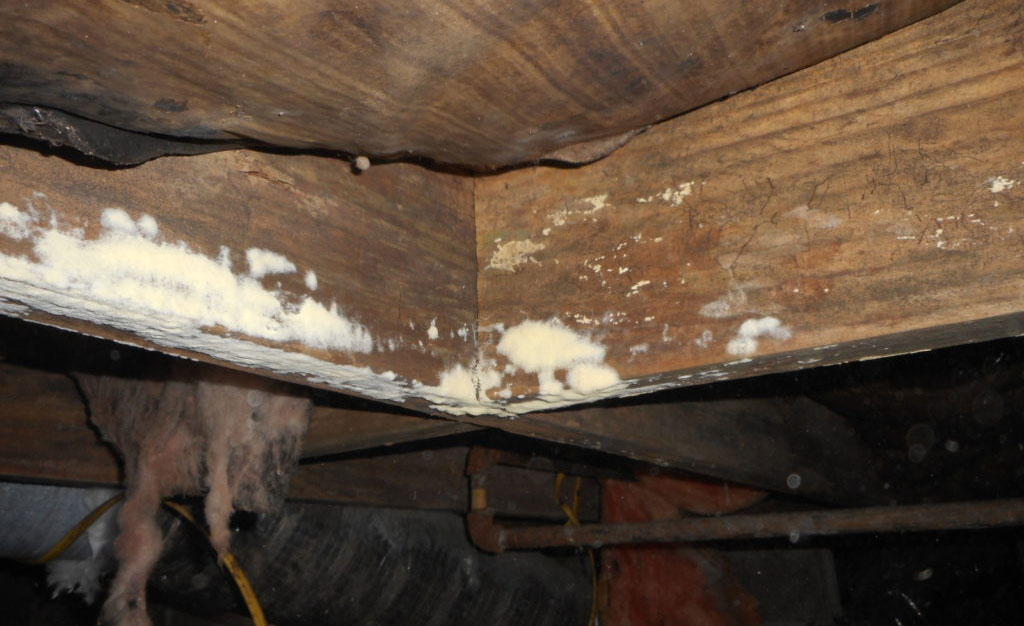
rotting joists
A wet crawl space can lead to big problems for the foundational supports within your home because it causes structurally important wood to deteriorate (or even attract termites). Floors in your living areas can become uneven and your foundation can begin to shift, leading to sticking walls, doors, and serious long-term damage.
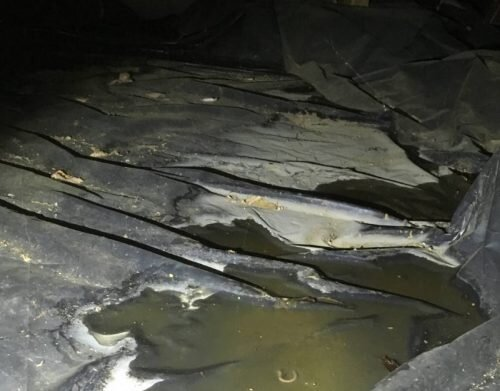
standing water
The puddles accumulating on the dirt floor of your crawl space may seem harmless, but in reality, they’re anything but safe. Water is the primary source of a majority of crawl space issues like mold growth, mildew, and rotting wood structures, so this problem should be addressed ASAP. The water that pools along your crawl space walls eventually saturates the foundation’s footing, since water always seeks a lower level. Homes with foundation problems usually settle near the pooling water area…not a coincidence at all!
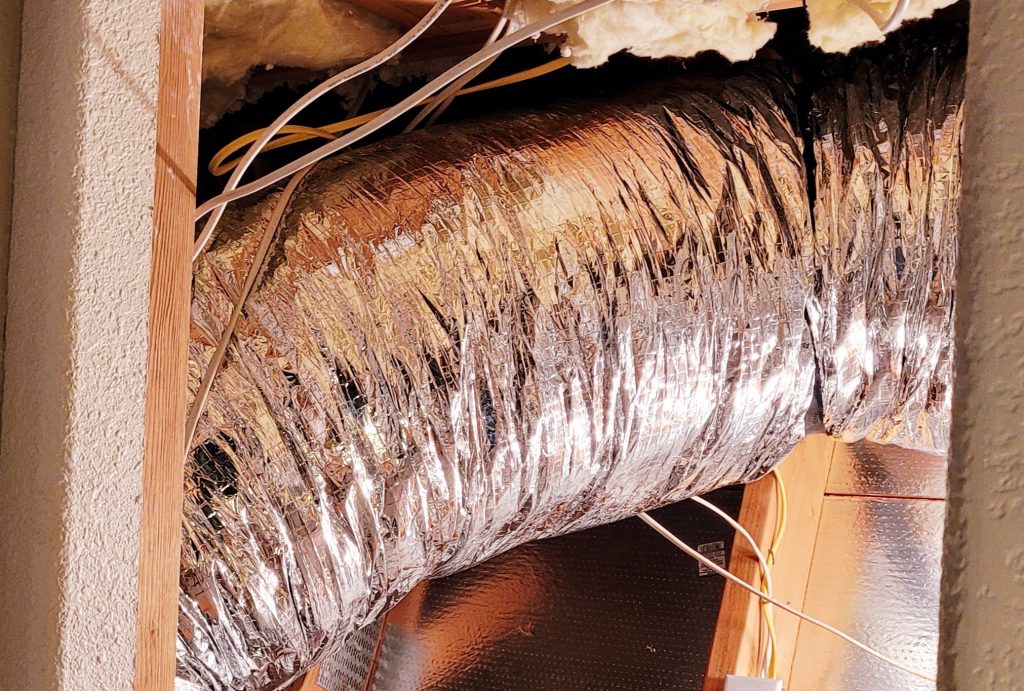
High humidity
Controlling the humidity levels is a critical part of preventing mold growth, pest infestation, and much more. Due to the aforementioned Stack Effect, your home’s indoor air quality can be directly affected by high crawl space humidity. Crawl space encapsulation is one of our services that prevents this problem from occurring, lowering your energy bills and preventing excessive outside air from penetrating into your home.
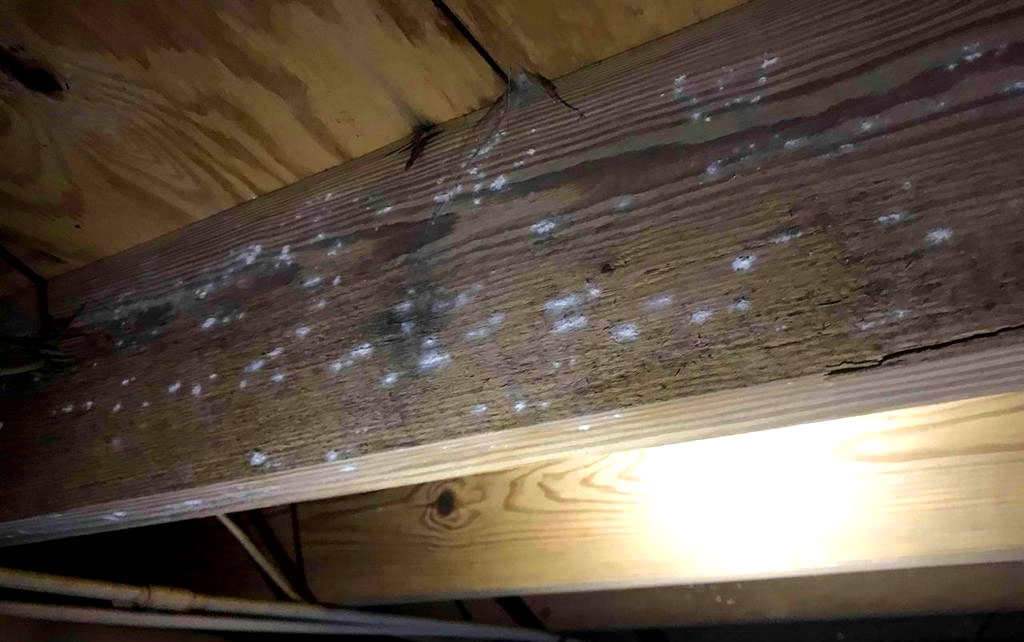
mold growth
Mold growth is a common problem that tends to occur in high humidity environments, including crawl spaces located in the notoriously humid Southeast United States. Over time, mold and mildew growth can overrun the space below your home and come up through the floors into your living areas, causing negative health effects. If you notice mold on the floors or walls in your home, reach out to our team promptly so the problem can be dealt with at the source.

Excessive Dust
Just like toxins entering a home through upward air movement as a result of the Stack Effect, dust is also drawn into the living space the same way. Over the years, many of our customers have commented about how much cleaner and dust-free the interior of the home is after an encapsulation system is installed.

“Open” Crawl Space
“Open” crawl spaces (those that have working crawl space vents allowing outdoor air to pass through) have been recognized as an outdated and ineffective crawl space structure and practice. In and around Nashville and Cookeville, TN, about 85% of the homes have open crawl spaces. Since open crawl spaces are bad for your home and your health, this is a common and very good reason to have your crawl space encapsulated.
The Many Benefits of Crawl Space Encapsulation
If you want to improve the health of your entire home, getting your crawl space encapsulated is a great way to start. There are many benefits to encapsulating your crawl space, including but not limited to:
- Protection against water damage and foundation damage.
- Reduced risk of structural decay such as rotted sill plates, rotted floor joists, and deteriorated floorboards, as well as stuck or warped windows and doors.
- Improved energy efficiency (up to a 15 – 35% reduction in heating and cooling costs).
- Less exposure to dangerous mold, mildew, fungi, bacteria, and humidity for your household.
- Healthier and cleaner indoor air quality.
- Prevention of insects and pests in the crawl space.
- Decreased exposure to toxic radon gas.
- More comfortable living space without excess humidity, drafts, or hot and cold spots.
- No more musty, moldy odors coming from the crawl space.
- Peace of mind from having clean and dry crawl space walls and floors.
- Increased storage functionality and safety in crawl space areas.
- Greater resale value for your home.
FAQs About Crawl Space Encapsulation
Especially here in Tennessee where we encounter such hot, humid weather, encapsulating your crawl space is very much worth the cost. It offers several benefits, including improved energy efficiency, healthier indoor air quality, prevention of moisture and pest issues, and an increase in property value. Crawl space encapsulation can make your home healthier, safer, and more comfortable to live in by eliminating unwanted moisture, pests, mold, and foul air in the crawl space, along with the many other problems we’ve already discussed. After all, your home is a big investment, so you need to maintain and protect it.
Crawl space encapsulation cost can vary widely depending on the size of your crawl space, the condition it is currently in, and the materials and labor required for the job. If you are a homeowner in or around Middle Tennessee in areas such as Nashville, Cookeville, Franklin, Smyrna, Watertown, La Vergne, Mt. Juliet, Carthage, Madison, Gallatin, Hendersonville, Lebanon, Hartsville, Brentwood, Woodbury, or Crossville, TN, contact us today for a free assessment and cost estimate!
You will need a dehumidifier or another air-managing technology in your encapsulated crawl space in order for your crawl space to be properly encapsulated. Barrier Waterproofing Systems has experimented over the years by ducting air from HVAC units into the crawl space or installing an exhaust fan to the exterior with fresh air drawn down from the interior living space.
We have found that crawl space dehumidifiers are the most effective solution for high-moisture level areas, sufficiently maintaining a dry environment even in encapsulated areas. High-quality dehumidifiers, such as the April-Aire dehumidifiers that we use, have a durable design with corrosion-resistant aluminum coils to ensure their integrity. A small April-Aire E070 dehumidifier can remove 70+ pints of moisture per day.
At Barrier Waterproofing Systems, we strive to associate ourselves with the best crawlspace and basement waterproofing materials on the market in order to give you a long-term and cost-effective solution. Our team of professionals will install a high-quality encapsulation barrier in your crawl space that will protect against moisture for 30 years or more!
It is possible to encapsulate your own crawl space in theory, since any type of HDPE barrier covering the crawl space will help if there is no remaining standing water present. However, the DIY route is time-consuming, expensive, and not nearly as effective. Most DIY crawl space liners only last 3 to 5 years due to filler materials in the plastic that degrade when exposed to soil chemicals. The most impactful investment is in the time and effort it takes professionals to prep the area and do a proper installation. Therefore, a slightly higher investment up front will have the longest-lasting positive results.
If you smell this odor coming from your crawl space, you are not alone! The odor actually originates from the decomposition of organic material in the soil under the home. This can be compounded by elevated moisture levels in the soil that occur post encapsulation. Once a space is encapsulated, the evaporation of moisture from the soil is greatly reduced. This can result in an increase in moisture which can then reactivate dormant microorganisms that then break down organic material at an accelerated rate — that’s why a crawl space that may not have smelled before the encapsulation may start to smell.
The ammonia released in this process is what creates the cat pee smell. This is because cat pee contains ammonia, the substance that creates the significant smell we associate with cat pee. When organic matter breaks down in the soil, the microorganisms decompose the organic matter back into more basic components. As a result of this process, ammonia is released in high pH soils, while less-toxic Ammonium is released in lower pH soils.
If you encounter a cat pee smell from your crawl space, Barrier Waterproofing Systems has solutions for this problem. Many companies throw up their hands as they do not know what causes this or how to go about solving this problem. Barrier has sealing and exhaust techniques that will solve this problem. We have earned many loyal and life-long customers over the years by helping solve problems with encapsulation systems that we did not even originally install. Barrier Waterproofing Systems is here to help!
Transferable Warranties
Free Inspections
Lifetime Guarantee
Protect Your Home With an Encapsulated Crawl Space!
Don’t let your crawl space become a hidden threat to your home’s well-being. Safeguard your most important investment with the proven benefits of crawl space encapsulation in Nashville and Cookville, TN, performed by the team at Barrier Waterproofing Systems. Our experts are 100% dedicated to providing you with top-notch service and customizing the encapsulation process to suit your home’s specific needs. Reach out to us today to schedule service and join thousands of other happy Tennessee homeowners. We’re looking forward to working with you!
